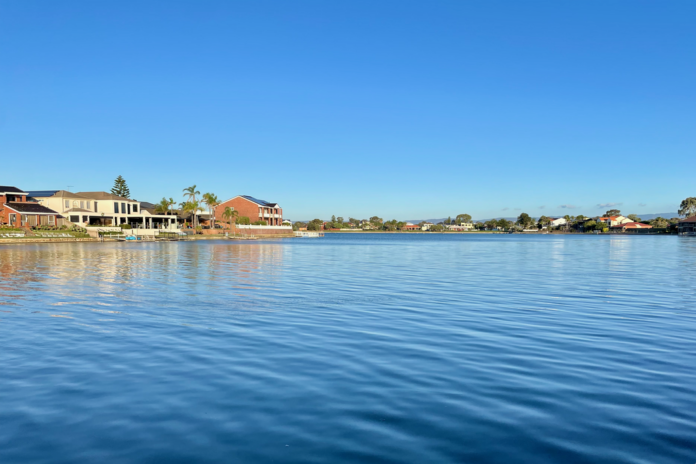Barker Inlet Wetlands were identified as the most contaminated area, raising concerns for local wildlife and ecosystems
Recent assessments by the Australian Microplastic Assessment Project have revealed alarming concentrations of microplastics in some of South Australia’s most popular waterways, notably West Lakes and Barker Inlet Wetlands. These findings underscore the growing environmental crisis posed by microplastics, which have become a significant concern globally.
Dr. Michelle Blewitt, a marine scientist involved in the project, reported that West Lakes averages about 70,000 pieces of microplastic per square meter based on data collected from over 11 samples. This level of contamination has persisted over time, indicating that the problem is not diminishing.
Even more troubling, the Barker Inlet Wetlands in Wingfield has been identified as the worst site in Australia, with microplastic concentrations exceeding 500,000 pieces per square meter. The prevalence of these small plastic particles, particularly round industrial pellets that resemble fish eggs, poses significant risks to local wildlife. Birds and fish are particularly vulnerable, as they often consume these pellets, leading to dire consequences for marine ecosystems.
Embed from Getty ImagesLocal residents have reported a noticeable decline in marine species over the past year, raising alarms about the health of the area’s biodiversity. In response to these findings, the Environment Protection Authority (EPA) has stated that it monitors plastic waste outputs from industrial sites and is conducting studies on the impact of microplastics on marine life. However, the sheer volume of microplastics found raises questions about the effectiveness of current monitoring and mitigation efforts.
The issue of microplastic pollution is increasingly recognized worldwide, with growing awareness of its impact on marine environments and human health. The concentration levels found in South Australian waterways serve as a stark reminder of the urgent need for effective environmental policies and public awareness campaigns to combat plastic pollution.
Analysis:
Political:
The findings regarding microplastic pollution in South Australia highlight the need for robust environmental policies to address pollution from industrial sites. The EPA’s monitoring efforts may require strengthening, as current measures appear insufficient in curbing the escalating microplastic crisis. The issue also poses a potential political challenge for local and state governments, as public concern for environmental health grows.
Social:
The presence of microplastics in local waterways is likely to affect community engagement with these natural resources. Residents who enjoy fishing and recreation in these areas may feel increasingly concerned about the safety and health of local marine life, prompting calls for action from both community members and advocacy groups. This situation may foster a community movement demanding stronger regulations and cleaner waterways.
Economic:
The economic ramifications of microplastic pollution are significant, particularly for industries reliant on clean waterways, such as tourism and fishing. As contamination levels rise, the local economy may suffer due to declines in fish populations and reduced attractiveness of recreational areas. Proactive measures to address plastic pollution could mitigate future economic losses and foster sustainable development in affected regions.
